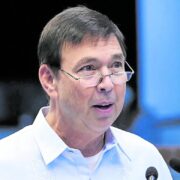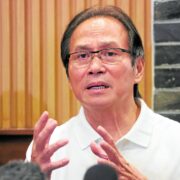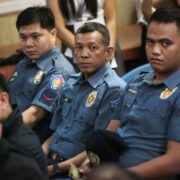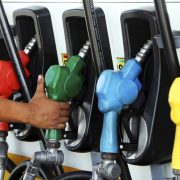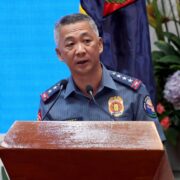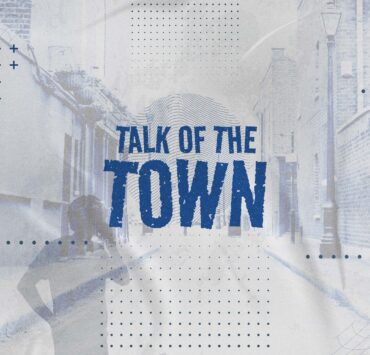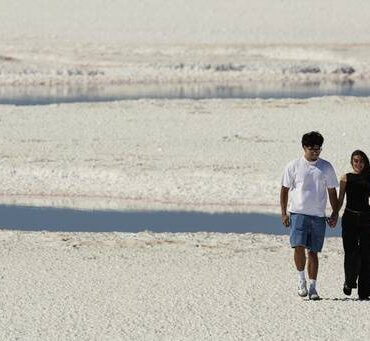States sending hundreds of National Guard to DC
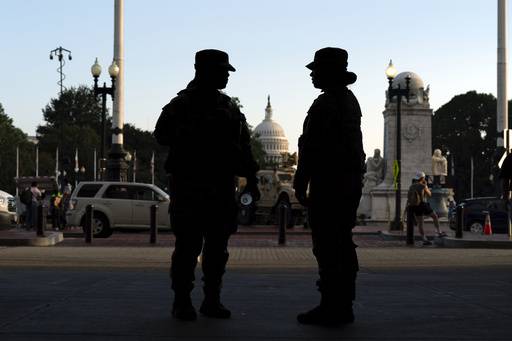
WASHINGTON—Three states moved to deploy hundreds of members of their National Guard to the nation’s capital as part of the Trump administration’s effort to overhaul policing in Washington through a federal crackdown on crime and homelessness.
West Virginia said it was deploying 300 to 400 Guard troops, while South Carolina pledged 200 and Ohio says it will send 150 in the coming days.
Governors of West Virginia and South Carolina announced the moves on Saturday as protesters pushed back on federal law enforcement and National Guard troops fanning out in the heavily Democratic city following President Donald Trump’s executive order federalizing local police forces and activating about 800 District of Columbia National Guard members.
By adding outside troops to join the existing Guard deployment and federal law enforcement officers, Trump is exercising even tighter control over the city. It’s a power play that the president has justified as an emergency response to crime and homelessness, even though city officials have noted that violent crime is lower than it was during Trump’s first term in office.
Washington, though smaller in area than any US state—covering just 177 square kilometers, far less than even Rhode Island—has one of the nation’s highest violent crime rates.
‘Murder capital’
In 1991, homicides peaked at 482, earning the city its grim “murder capital” reputation. While crime fell significantly afterward, it rebounded in 2023 with 274 homicides, the highest in two decades.
In 2024, that number dropped to 187, the lowest since at least 2010.
The White House has asserted that if DC were a state, its homicide rate—27.3 per 100,000 in 2024—would be the highest in the nation, outpacing states and many large cities.
A protest against Trump’s intervention drew scores to Dupont Circle on Saturday before a march to the White House, about 2.4 km (1.5 miles) away. Demonstrators assembled behind a banner that said, “No fascist takeover of DC,” and some in the crowd held signs saying, “No military occupation.”
Trump was at his Virginia golf club after Friday’s summit with Russian President Vladimir Putin in Alaska.
Fueling the protests were concerns about Trump overreach and that he had used crime as a pretext to impose his will on Washington.
John Finnigan, 55, was taking a bike ride when he ran into the protest in downtown Washington. The real estate construction manager who has lived in the capital for 27 years said Trump’s moves were “ridiculous” because crime is down.
Mix of praise, pushback
Federal agents have appeared in some of the city’s most highly trafficked neighborhoods, garnering a mix of praise, pushback and alarm from local residents and leaders across the country.
City leaders, who are obliged to cooperate with Trump’s order under the federal laws that direct the district’s local governance, have sought to work with the administration, though they have bristled at the scope of the president’s takeover.
On Friday, the administration reversed course on an order that aimed to place the head of the Drug Enforcement Administration as an “emergency police commissioner” after the district’s top lawyer sued to contest.
After a court hearing, Trump’s attorney general, Pam Bondi, issued a memo that directed the Metropolitan Police Department to cooperate with federal immigration enforcement regardless of any city law.
City officials say they are evaluating how to best comply.
In his order on Monday, Trump declared an emergency due to the “city government’s failure to maintain public order.” He said that impeded the “federal government’s ability to operate efficiently to address the nation’s broader interests without fear of our workers being subjected to rampant violence.”



